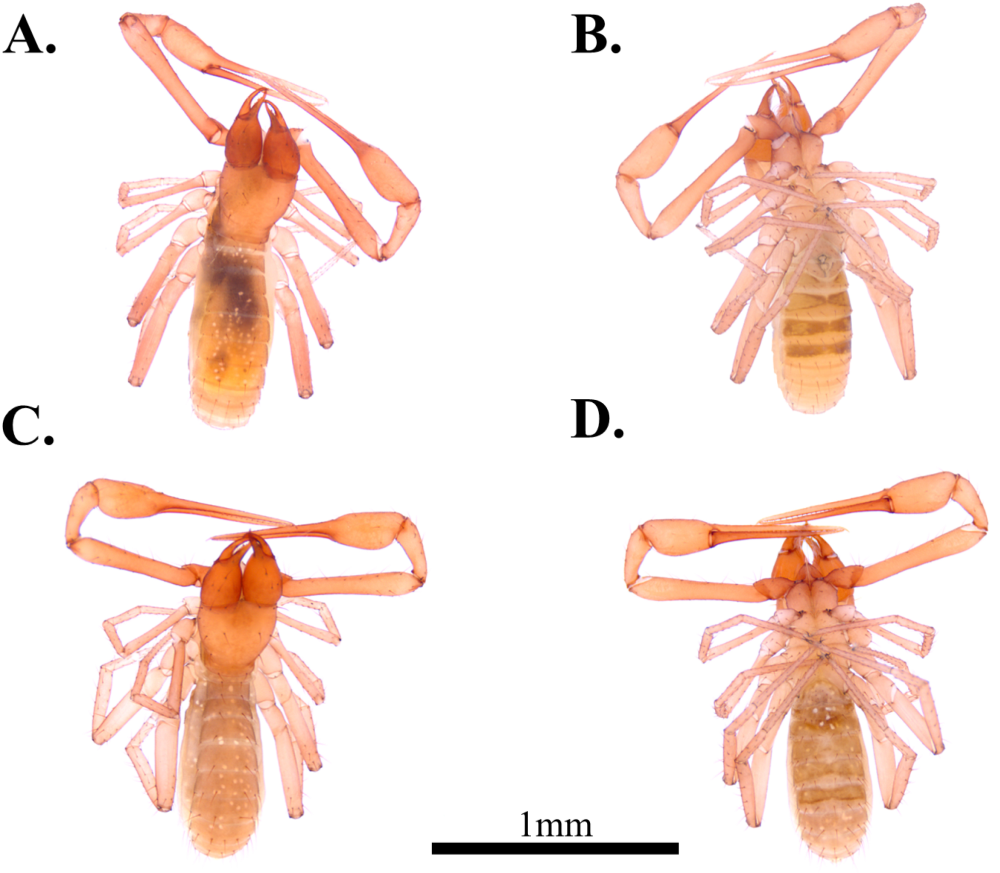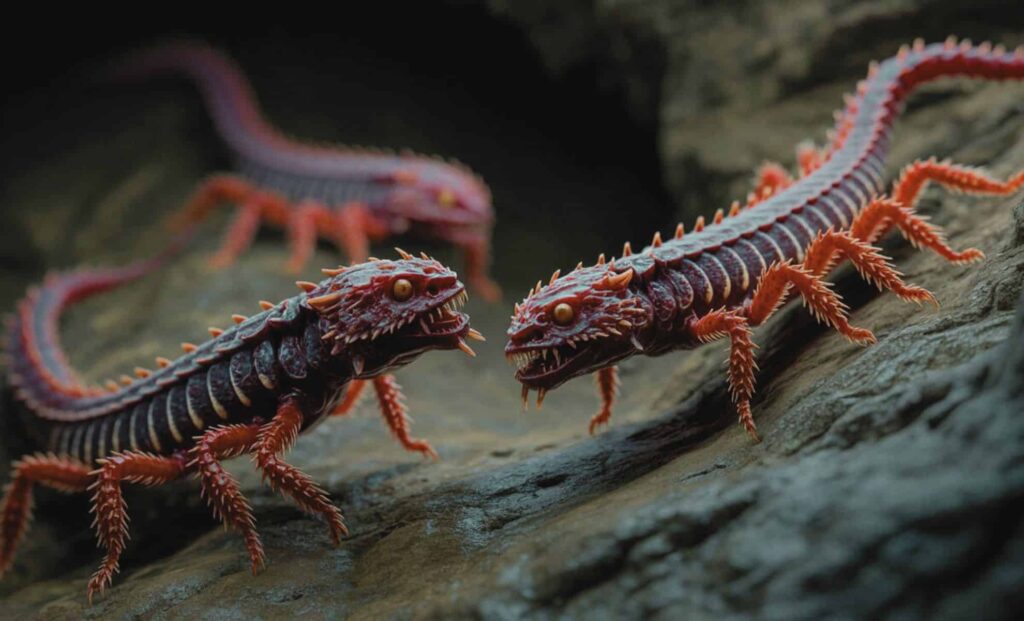Earlier this year, a team of biologists published their findings in Subterranean Biology, revealing four new species of blind, dragon-like pseudoscorpions from South Korea’s caves—each confined to a single mountain cavern. Lead researcher Dr. Jae-Jin Kim described the discovery as “a reminder that even small, hidden worlds can still surprise us.” The study’s details have since sparked conversations among conservationists and arachnid experts worldwide
Creatures Built for Caves
Unlike their surface relatives, these newly described pseudoscorpions are perfectly adapted to life in perpetual darkness. They are entirely blind, lack pigment, and sport enlarged, dragon-like pincers—features that help them survive and hunt in their silent, lightless homes. According to the research team, each species—Spelaeochthonius dugigulensis, S. geumgulensis, S. magwihalmigulensis, and S. yamigulensis—was found in a unique cave system, often sealed off from the outside world for centuries.

These adaptations are known as troglomorphism: a set of evolutionary traits seen in cave-dwellers around the globe. As Dr. Kim notes, “Once a population becomes isolated underground, evolution takes a very different path.” Their “dragon-like” pincers, while visually striking, are simply a quirk of cave life—essential tools for catching tiny prey in the dark.
A Hidden World Under the Mountains
The caves of the Taebaek and Sobaek mountain ranges, where these pseudoscorpions were discovered, are among South Korea’s least-explored environments. Before this year, scientists had documented only a single cave-adapted pseudoscorpion species in the country. The fact that four new species were identified, all within a handful of sites, strongly suggests these caves hold far more biodiversity than previously thought.


Each species was found in just one cave, and nowhere else—a clear sign that these tiny arachnids are extremely vulnerable to any changes in their habitat. With more than 1,000 caves yet to be fully explored across the peninsula, researchers believe many more unique species could be waiting in the shadows.
Why These Tiny “Dragons” Matter
You might wonder why scientists—and, frankly, anyone outside of arachnology—should care about creatures just a few millimeters long. The answer lies in ecology and conservation. Pseudoscorpions are voracious predators of other cave insects, helping to keep populations in balance. Their presence indicates a healthy subterranean ecosystem.


But with each species confined to a single, fragile cave, their survival is threatened by even minor disturbances—think cave tourism, pollution, or quarrying. As Dr. Kim puts it, “Once a cave system is damaged, the species inside could vanish forever.” That’s why these discoveries aren’t just scientific curiosities—they’re urgent reminders of the need to protect overlooked environments before their unique life disappears.
Still So Much to Discover
The story of South Korea’s blind, dragon-like pseudoscorpions is less about monsters and more about the quiet persistence of life in unexpected places. It’s a vivid example of how much we have yet to learn from the planet’s hidden corners—and how fragile those discoveries can be. As cave explorations continue, both scientists and policymakers are watching closely, hoping these “dragons of the dark” will inspire more protection for subterranean biodiversity and the mysteries still waiting in the gloom.

